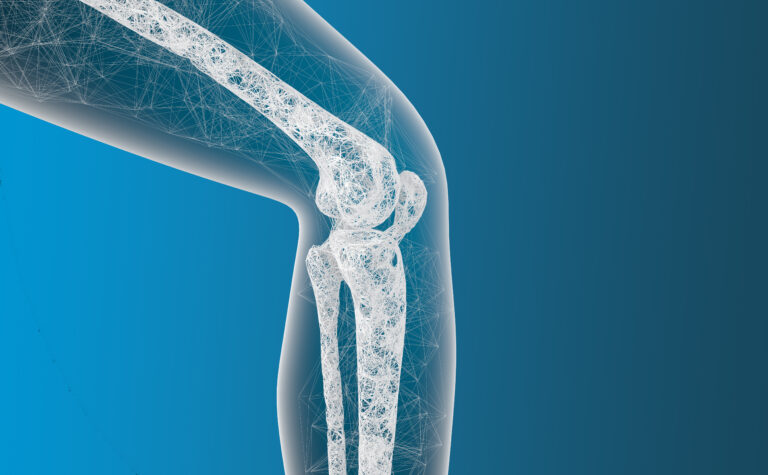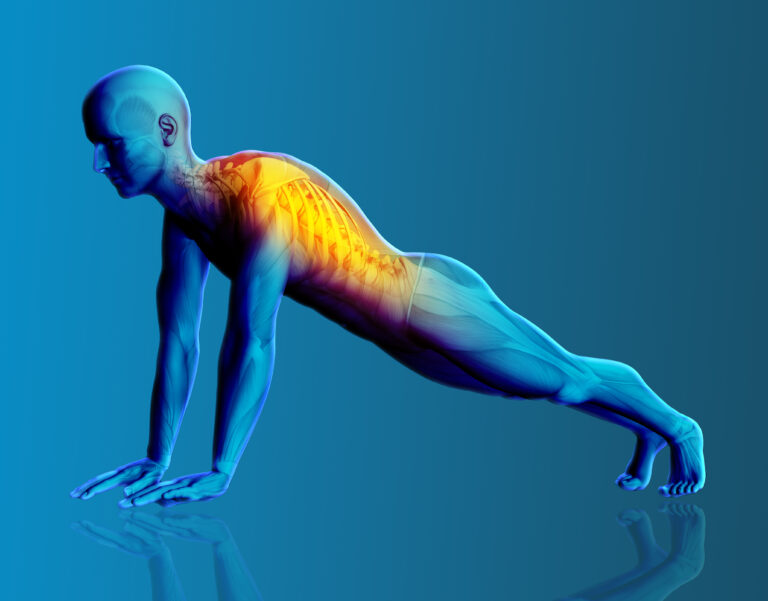Hip replacement surgery, also known as total hip arthroplasty, is a common orthopedic procedure performed to address severe hip pain and disability caused by conditions such as osteoarthritis, rheumatoid arthritis, or hip fractures. As a transformative intervention, hip replacement surgery offers relief from pain, restores mobility, and improves overall quality of life. Let’s delve into what hip replacement surgery entails and how it can help individuals regain their freedom of movement.
- Understanding Hip Anatomy: The hip joint is a ball-and-socket joint where the rounded head of the femur (thigh bone) fits into the acetabulum (socket) of the pelvis. Healthy hip joints are lined with smooth cartilage that cushions and facilitates smooth movement. However, conditions like arthritis can lead to the deterioration of cartilage, resulting in pain, stiffness, and reduced mobility.
- The Surgical Procedure: Hip replacement surgery involves removing damaged or diseased portions of the hip joint and replacing them with artificial components made of metal, ceramic, or plastic. During the procedure, the surgeon removes the damaged femoral head and replaces it with a metal stem inserted into the femur. The acetabulum is then resurfaced with a metal or plastic cup, creating a new joint surface. The prosthetic components are designed to mimic the natural structure and function of the hip joint, restoring smooth movement and stability.
- Relief from Pain and Disability: Chronic hip pain can significantly impact daily activities, making tasks like walking, climbing stairs, or even sitting uncomfortable. Hip replacement surgery alleviates pain by eliminating the source of joint degeneration and providing a stable, pain-free joint. With improved mobility and function, individuals experience relief from pain and regain the ability to perform routine activities with ease.
- Recovery and Rehabilitation: Following hip replacement surgery, patients undergo a period of recovery and rehabilitation to regain strength, flexibility, and mobility. Physical therapy exercises focus on strengthening the muscles surrounding the hip joint, improving range of motion, and enhancing balance and coordination. While recovery times vary, most individuals can expect to resume light activities within a few weeks and gradually return to normal activities over the following months.
- Long-Term Benefits: Hip replacement surgery offers long-term benefits, with the majority of patients experiencing significant pain relief and improved function for many years following the procedure. Modern advancements in surgical techniques and implant materials have led to greater durability and longevity of hip replacements, allowing individuals to enjoy an active and fulfilling lifestyle well into the future.
In conclusion, hip replacement surgery is a life-changing intervention for individuals suffering from debilitating hip pain and disability. By restoring mobility, alleviating pain, and improving quality of life, hip replacement surgery enables individuals to embrace a future filled with freedom of movement and independence. If you’re struggling with chronic hip pain, exploring the option of hip replacement surgery may be the first step towards reclaiming your life and rediscovering the joy of pain-free movement.
Disclaimer: The information provided in this blog post is for general informational purposes only and should not be considered professional advice. Before making any health-related decisions, consult with a qualified healthcare professional. The content is not a substitute for medical advice, and individual results may vary. The author and website are not responsible for any consequences arising from the use of the information provided. Use your best judgment and seek professional advice when needed.




